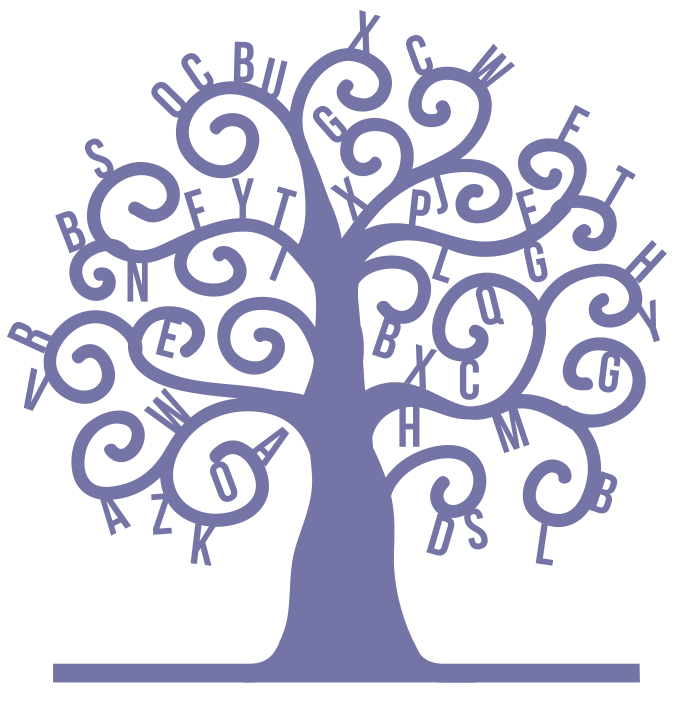Phonics
What is Phonics?
Phonics is the primary approach that we use to teach reading and writing. We teach the children using Little Wandle Letters and Sounds Revised which is a validated Systematic Synthetic Phonics (SSP) programme. https://www.littlewandlelettersandsounds.org.uk/resources/for-parents/
There are approximately 44 sounds in the English language and these are written using approximately 140 graphemes (a single letter or group of letters).
Phonics is taught as a separate 20 minute lesson each day.
In Red Class (Reception) phases 2, 3 and 4 are covered.
The first set of letters and sounds learnt are s,a,t,p,i,n and as soon as these are taught we begin to introduce the children to blending and segmenting short, simple words such as at, it, sat, pin, tin.
As the children move into Blue Class (Year 1) they begin to learn the more advanced code of phonics in phase 5. Over the year they will:
- Learn new graphemes for reading e.g. ay makes the same sound as ai
- Learn alternative pronunciations for graphemes e.g. i is pronounced differently in fin and find
- Learn alternative spellings e.g. the phoneme j can be spelt g (as in giant) or dge (as in bridge)
- Learn to choose the appropriate graphemes when spelling and begin to build up word specific knowledge
In Yellow Class (Year 2) phase 5 is continued and then pupils follow the National Curriculum Spellings.
Useful vocabulary that your child will be learning
Blending is merging sounds to make words e.g. c-a-t cat. This is the skill needed for reading words.
Segmenting is breaking a word up into the individual sounds and then identifying which letters to use for each sound e.g. cat c-a-t. This is the skill needed for writing words.
Phoneme – the smallest speech sound in a word, for example
in has 2 phonemes/speech sounds i-n
bat has 3 phonemes b-a-t
chip has 3 phonemes ch-i-p
night has 3 phonemes n-igh-t
cartoon has 5 phonemes c-ar-t-oo-n
starlight has 6 phonemes s-t-ar-l-igh-t
Grapheme – a written representation of a phoneme e.g. which letter or letters to use when writing a sound
Digraph – two letters that make one sound e.g. ch ck th ng
Trigraph – three letters that make one sound e.g. air ear igh
Split digraph - a ‘split digraph’ is simply two letters, split apart, which make one sound such as a-e, e-e, i-e, o-e and u-e.
For example there are split vowel digraphs in these words: cake, Pete, shine, home and cube. You might remember learning this as ‘magic e’. Here the vowel changes from it sound to its name.
How can you help your child?
Read with your child as often as possible. Often the reading scheme books that your child brings home will have a phonics focus section at the front or back which will give you the opportunity to talk about new phonemes and graphemes that have been taught in class. Look for these new graphemes within the text of the book. This is especially important once your child has begun to learn digraphs and trigraphs. Can they be “Digraph/Trigraph Hunters” and remember that the digraph/trigraph makes one sound rather than sounding out each individual letter?
When your child is reading, remind them to say each sound then blend them together to read the word.
When your child is writing, remind them to segment the word into each sound. They might use robot talk.
Useful websites:
https://www.littlewandlelettersandsounds.org.uk/resources/for-parents/
How to say the sounds
